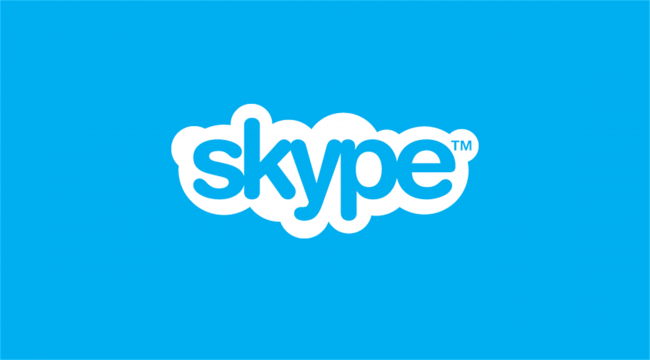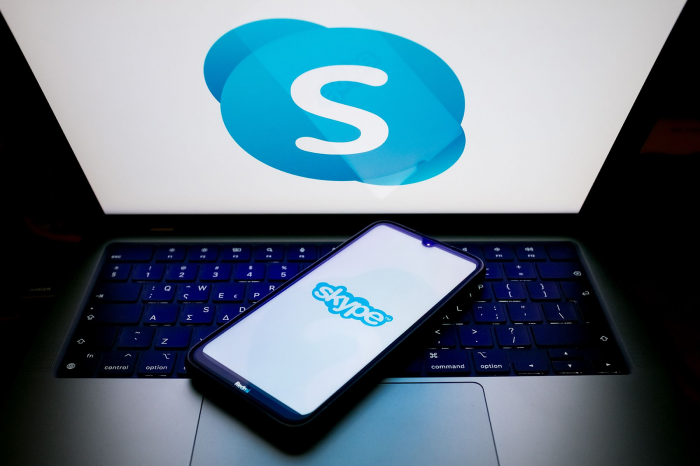Tips & Tricks
3 min read
Skype Shut Down by Microsoft: A Timeline of Its Rise, Fall, and Exit


Microsoft has officially retired Skype, its once-flagship video and voice communication platform. The shutdown, announced earlier this year, took effect on May 5, 2025, marking the end of a 22-year-long product lifecycle.
This decision is part of Microsoft's broader strategy to consolidate its communication services under the Microsoft Teams ecosystem.

Skype began as a VoIP (Voice over Internet Protocol) tool allowing users to make free voice calls using an internet connection. It quickly gained traction among individuals, small businesses, and remote professionals. By 2010, Skype had hundreds of millions of users globally.
In 2011, Microsoft acquired Skype for $8.5 billion, integrating it into the Windows ecosystem and gradually replacing its messaging products like MSN Messenger.
Despite its early success, Skype began to lose relevance in the changing tech landscape. Several key factors contributed to its decline:
The official reason behind the shutdown is to streamline Microsoft's communication platforms and focus on a unified experience through Teams.
According to Microsoft:
Microsoft has provided a migration path for Skype users:
While Microsoft recommends Teams, several other tools are commonly used as Skype alternatives:
| Platform | Primary Use Case | Notes |
| Zoom | Video conferencing | Widely adopted in businesses |
| Google Meet | Personal and business meetings | Integrated with Google services |
| Personal voice/video calls | Mobile-first, end-to-end encryption | |
| Signal | Secure messaging and calls | Privacy-focused |
| Discord | Community-based communication | Popular among gamers and creators |
Skype was once a market leader in internet-based calling, but it gradually lost ground due to evolving user preferences, technical shortcomings, and strategic redirection by Microsoft.
As of May 5, 2025, Skype is no longer available for download or support. Users are advised to transition to Microsoft Teams or an alternative communication platform.
Be the first to post comment!